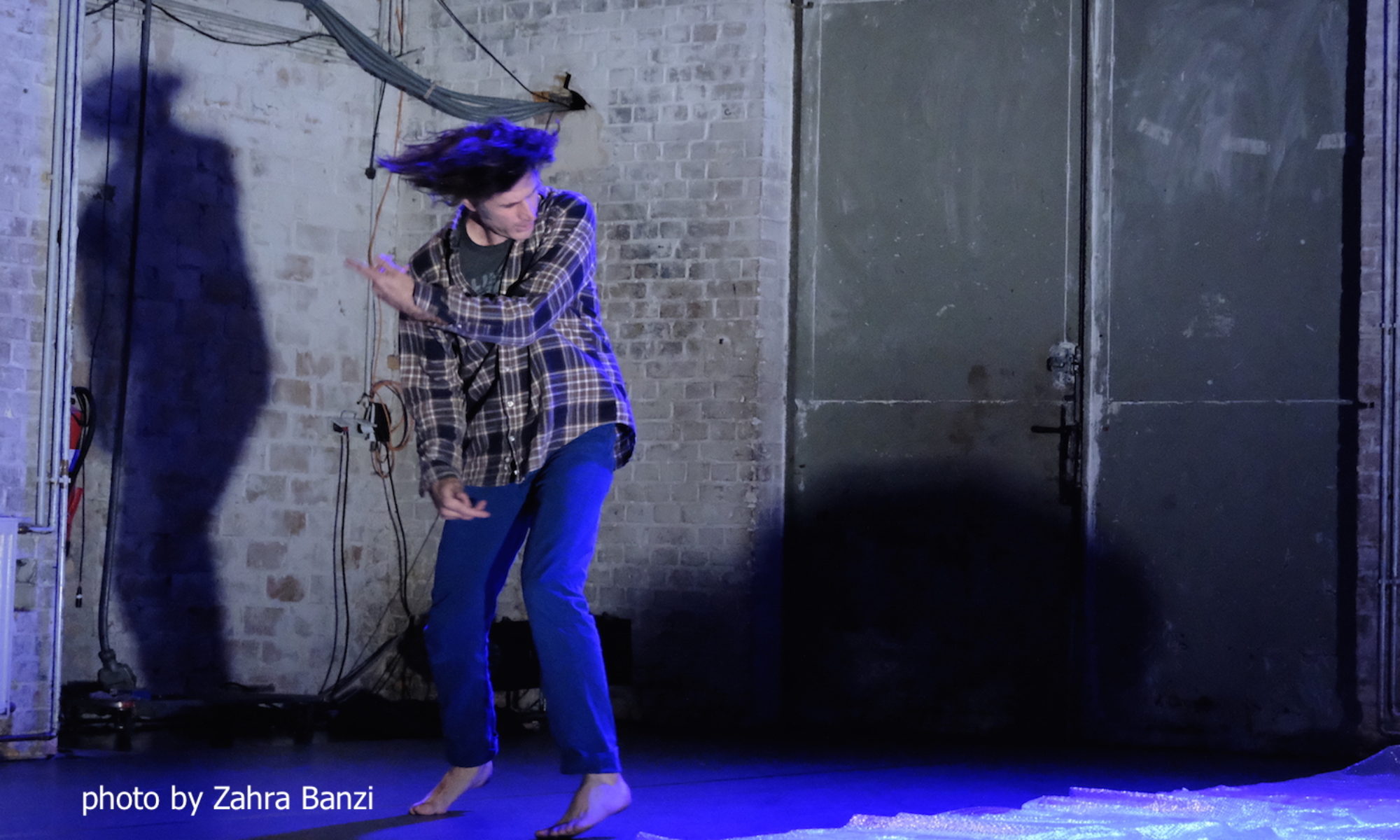There are three stages of conscious creation, though unconsciousness can factor into them.
They are exploration, experimentation, and execution.
I had a good description of the three written down in a notebook during a caffeine fueled frenzy after a Klein technique class at Labor Gras, but, alas, that notebook is AWOL. Here is a link to an earlier posting on the subject from ’08
Their4, I will begin again.
Exploration is the first stage. It is search before the research. It is the hearsal before the rehearsal. It is the discovery of what exists around you, whether you are in the studio or sitting on the subway thinking about your project. It is discovery/invention of what tools you will be using in your project. Also exploration is the rejection of tools. A work of art is more about what it is not than what it is. Granted all types of infinities exist some are just larger than others.
Experimentation is the second stage. Once the tools have been selected/created, their relationships can be investigated. (Uh oh, passive voice) How do the tools interact? Are you using them as tools or have they become logics or aesthetics? Experimentation is also the stage in which you can begin to figure out more in what direction your project will go.
The final stage is execution – when the work is presented before an audience.
I would say that in the choreo/impro spectrum the size of the triangle is larger towards the choreo end and approaches a dot towards the impro end. But choreo could be made as something to experiment with during the execution phase, the logic of that piece then being more improvisational.
All three phases can happen at the same time or separately. In more traditional (choreo’ed) work, there is more linear progression from exploration to experimentation to execution.
Below are two pictographs about this triumvirate. One has the three on a Cartesian co-ordinate system and the other as a simple triangle, which can be mapped on to the co-ordinate system. I find that the co-ordinate system can be a little misleading as it implies a “0” in relation to the three elements, which as I think about it now does make sense, so maybe it is not so confusing. A work of art that has no exploration, no experimentation and no execution would be not. What would something that has an infinite amount of each?
The first pictograph has the term “Sprecta of Deliberation”. I borrowed and expanded the term “Spectrum of Deliberation” from Nina Martin. I expanded it to Spectra” as I believe that there is a greater than one dimensional difference between choreo and impro.


